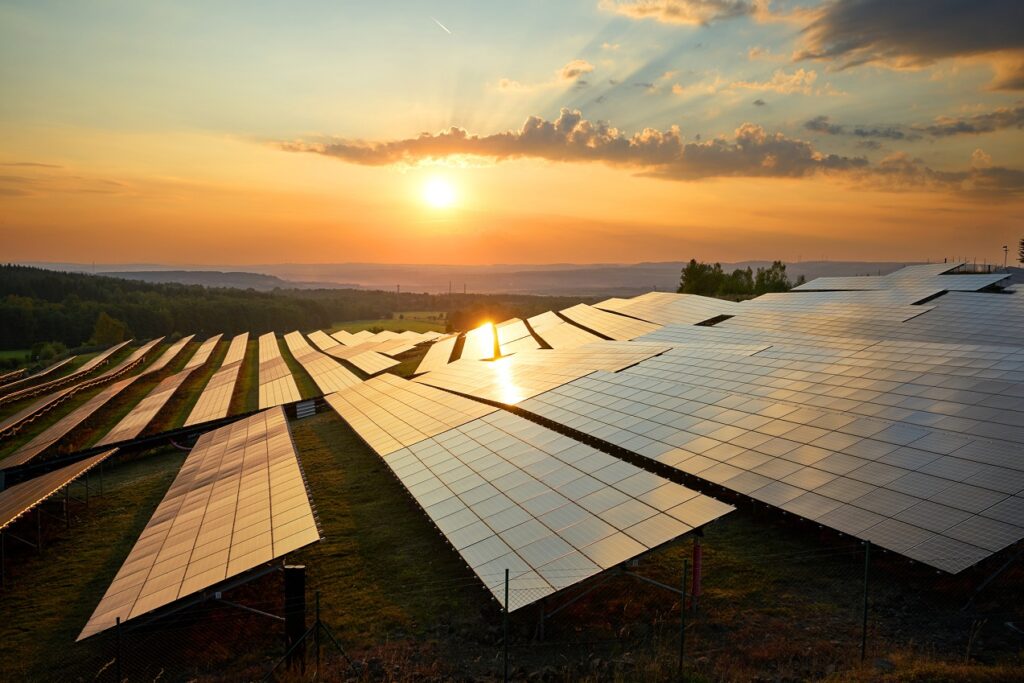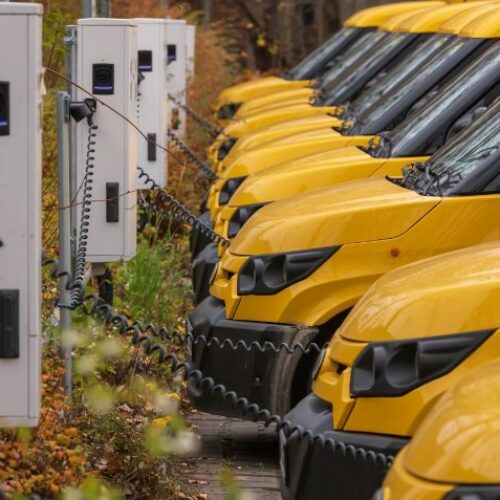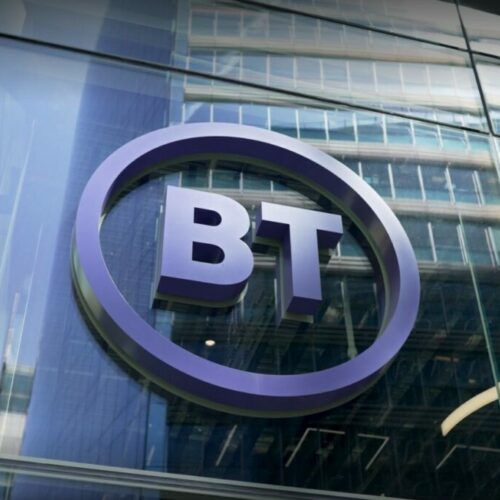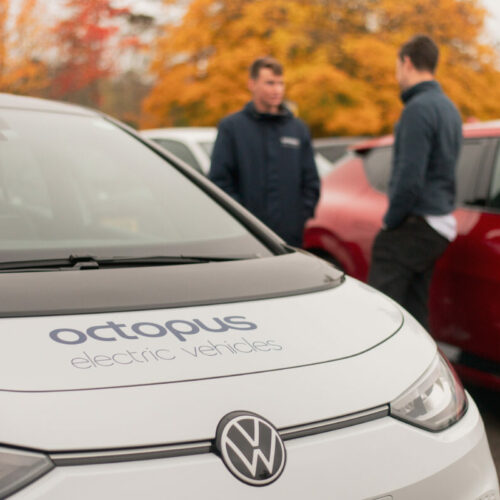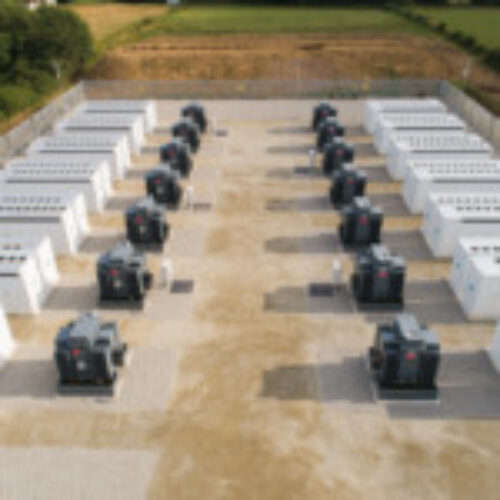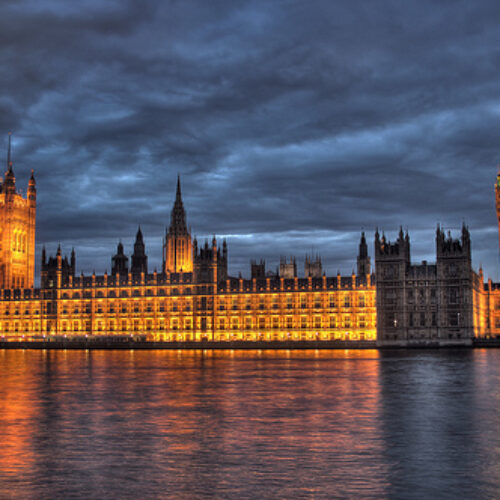The Labour Party has announced plans for a new, publicly owned energy company, dubbed Great British Energy.
Speaking today at the party conference in Liverpool, Labour leader Keir Starmer criticised the international ownership of British energy infrastructure.
He pointed to the largest onshore wind farm in Wales – the 228MW Pen y Cymoedd site – which is owned by Swedish state-owned energy company Vattenfall, as well as the stake owned by the Chinese Communist Party in the nuclear industry and French state-owned EDF’s role as one of the biggest suppliers in Britain, with over 5 million customers.
“We will set up Great British Energy within the first year of a Labour government. A new company that takes advantage of the opportunities in clean British power and because it’s right for jobs, because it’s right for growth, because it’s right for energy independence from tyrants like Putin,” he said.
“Yes Conference, Great British Energy will be publicly owned.”
The pledge comes as the energy crisis continues to bite in Britain. Wholesale prices have hit record highs in 2022, driven by the impact of Russia’s invasion of Ukraine.
In response, the government has announced a series of support measures including capping domestic electricity bills at 34p/kWh from October for two years and providing £400 per household in bills support.
Over the year, a number of additional measures have been pitched by a host of parties, including the potential of nationalisation of the energy supplier market in Britain. In France, the government moved to nationalise EDF in July, in order to minimise the rising energy bills and their impact on the public and economy.
While Labour’s Great British Energy would not mean the full nationalisation of the energy supply sector, it would offer a state-owned option to the public.
The announcement came as part of the party’s Green Prosperity Plan, which also includes a target of using 100% clean power by 2030, announced on Twitter over the weekend. This could save UK households a total of £93 billion over the rest of the decade. On average, this is the equivalent of saving £475 for each household every year, the Labour Party stated.
According to Starmer, this would require a “huge national effort” that will double the country’s onshore wind capacity, treble solar power, quadruple offshore wind, and see investment in tidal, hydrogen and nuclear.
As well as growing generation, the plan includes backing carbon capture, committing to green steel production, building new renewable ports and gigafactories, and insulating 19 million homes – the lack of commitment to insulation and other energy efficiency measures has been a continued sticking point in the current government’s energy plans, drawing criticism and concern as to its impact on both the cost of living crisis and the country’s ability to reach net zero.
All this would turn Britain into a “green growth superpower”, said Starmer, leading to “cheaper bills and higher living standards”.
“Working with Ed Miliband and his team, we’ll make sure this energy revolution powers up all parts of the country. Let’s get clean hydrogen energy in South Yorkshire, in the East of England, across the river in the Wirral. Offshore wind in Scotland, Teesside, East and North Yorkshire. Solar power growing rural communities, in the South East, South West and Midlands,” he continued.
“This will require a different way of working – the biggest partnership between government, business and communities this country has ever seen. It will mean new jobs – more than a million new jobs, training for plumbers, electricians, engineers, software designers, technicians, builders. And it will all start within the first 100 days of a new Labour government.”
Yesterday (26 September), shadow Chancellor Rachel Reeves announced that should Labour be elected, it would create a new British sovereign wealth fund. This would be used to help fund industry and stimulate construction growth.
Starmer continued to highlight that clean energy is now nine times cheaper than fossil fuels. This can be seen in the 2022 Contracts for Difference, with onshore wind, offshore wind and solar gaining record low strike prices for example.
However, despite the relative economic attractiveness of clean energy, he highlighted that reaching the 2030 goal and launching Great British Energy won’t be easy, and will require tough battles on issues like planning and regulation.
“But when the Tories nay-say and carp, remember this: the road to net zero is no longer one of stern, austere, self-denial. It’s at the heart of modern, 21st-century aspiration,” said Starmer.
“Technology has turned everything on its head. Green and growth don’t just go together – they’re inseparable. The future wealth of this country is in our air, in our seas, in our skies. Britain should harness that wealth and share it with all.
“British power to the British people.”
Today’s Green Prosperity Plan builds on the Labour Party setting out a £29 billion plan in August, designed to freeze energy bills and rollout insulation. This fully costed plan includes a further windfall tax on oil and gas companies and reducing inflation rates through providing security.
